THE VINEYARD OF LEONARDO DA VINCI
Thousands of books have been written about the genius and the works of Leonardo da Vinci and every year hundreds of art exhibitions, historical and scientific seminars are organized throughout the world.
Every aspect of the life of Leonardo has always been subject of study and worthy of further detailed research.
Even the mysterious aspects, including presumed esoteric implications in his endless artistic production, have been investigated and have led to controversial and sensational results.
We have already dealt with recent discoveries of Professoressa Carla Glori in our article “Esoteric Bobbio”.
Professoressa Glori has provided scientifically precise documentary evidence demonstrating with reasonable certainty, that the background of the Gioconda, one of the most famous works of art , is the landscape surrounding the city of Bobbio, with the famous Gobbo bridge on the Trebbia river clearly visible.
But links to the Piacenza territory do not end here.
In the spring of 2015, the vineyard of Leonardo da Vinci was planted again and is open to the public.
A long-standing investigation, which we will illustrate in detail below, demonstrates, after rigorous historical and scientific observation, that the vineyard in question was gifted to Leonardo in 1498, was destroyed in a fire in 1940, and the vines in question were Aromatic Malvasia di Candia, an autochthonous variety of the Colli Piacentini.
The enologist Luca Maroni discovered Leonardo’s great passion for wine during his studies of the life of the famous and eclectic genius during his years in Milan.
Studies have brought to life that in 1498 the Duke of Milan, Ludovico il Moro, recompensed Leonardo with a vineyard located near Porta Vercellina covering an area of about 8320 square meters.
Leonardo mentions his vineyard in some of his writings and from the comparison with successive historic documents it has been possible to identify the exact location of the vineyard, a part of which was in the current courtyard of Casa degli Atellani in Corso Magenta N°65. Unfortunately a fire destroyed what remained of the vineyard in 1940.
Thanks to the insight of Luca Maroni, convinced that the soil of the garden of Casa Atellani contained traces of the roots of the vines belonging to Leonardo, scientific research commenced.
Excavation has brought to light biological matter.
In collaboration with The Department of Agriculture of the University of Milan, and thanks to the scientific direction of Professor Attilio Scienza, top expert of vine DNA, and genetic expert Serena Imazio, DNA was extracted and compared to a restricted number of vine varieties, selected on the basis of careful historical research carried out by both Italian and European experts.
The result of these studies has established the identification of the vine belonging to Leonardo: Aromatic Malvasia di Candia.
The next step, made possible by Fondazione Portaluppi and the heirs of Casa Atellani, has been the restoration of Leonardo Da Vinci’s vineyard and planting of a few rows of Aromatic Malvasia di Candia in collaboration with the president of Consorzio Tutela Vini DOC Colli Piacentini Roberto Miravalle.
Tour of Leonardo Da Vinci’s vineyard and the museum of Casa Atellani lasts about 30 minutes and is possible every day from 9 to 18 only by reservation through the official website.
Sources:
Rinasce a Milano il vigneto di Leonardo da Vinci; di Marco Terzoni ed Elettra Paolini; su Vigne Vini n.3 marzo 2015
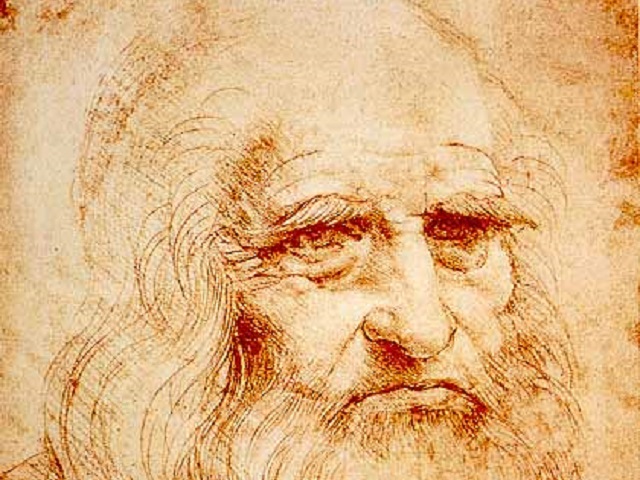
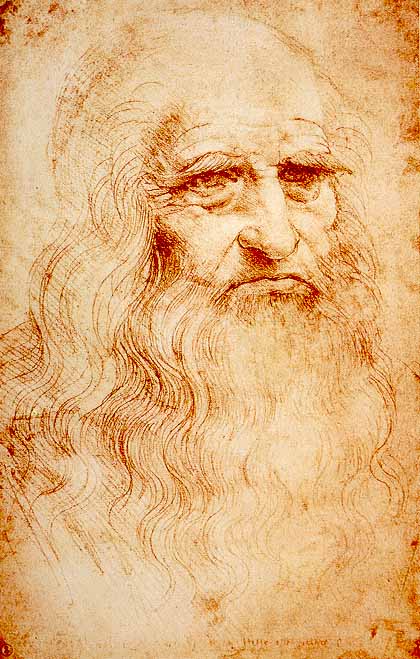


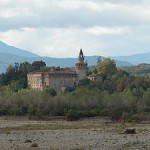
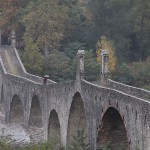
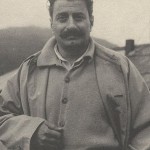
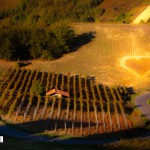
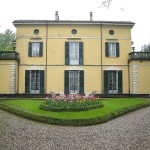
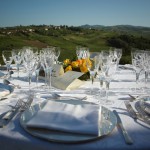
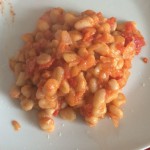
Leonardo, mysteries and vineyards: amazing!